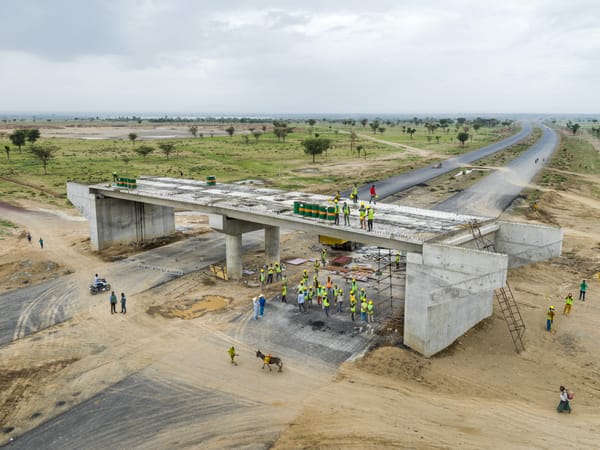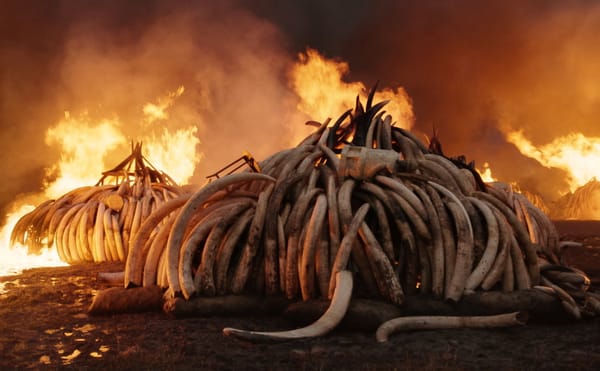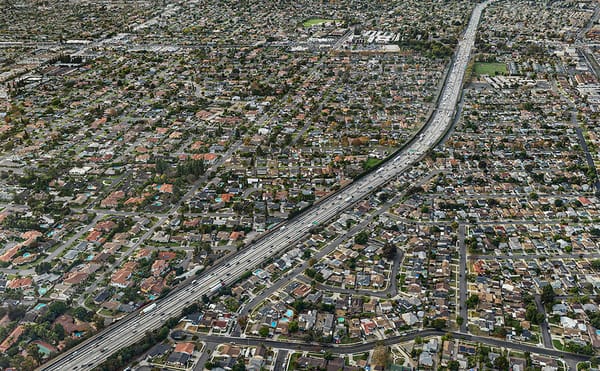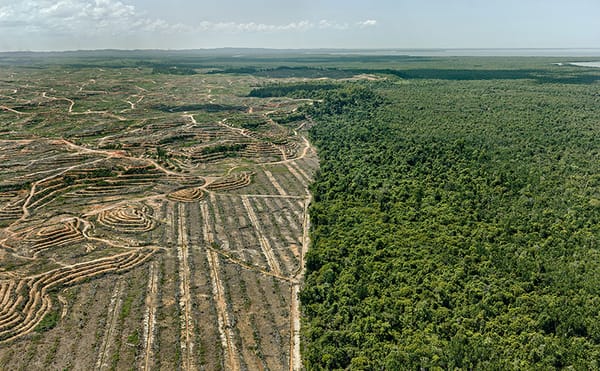
Art Review
A God’s-Eye-View of Earth’s Destruction
Edward Burtynsky's photographs once offered a prescient vision of large-scale anthropogenic changes; now, they feel more and more like a pretext for aesthetic dazzle.

Art Review
Edward Burtynsky's photographs once offered a prescient vision of large-scale anthropogenic changes; now, they feel more and more like a pretext for aesthetic dazzle.

News
Burtynsky’s work captures wide-angle views of industrial processes and waste and their interactions with natural ecosystems.

Film
Featuring stunning landscape photography, the documentary Anthropocene surveys a new era of human-driven geology.

Art
The photographer's large-scale images depict landscapes altered and scarred by human industry and development.

Art
Anthropocene drives home the fact that climate change, ecological destruction, and species extinction are all present-day concerns, not consequences to be dealt with by our descendants.

Art
Documenting infernal encounters between human activity and the planet, Edward Burtynsky's multidisciplinary Anthropocene Project is a grave call for change.

Art
Hot Spots: Radioactivity and the Landscape at UB Art Galleries in Buffalo examines the nuclear past and future of the United States.

In Brief
On Monday the Canada Council for the Arts (CCA) announced the winners of this year's Governor General’s Awards in Visual and Media Arts, which come with CAD 25,000 cash (~USD 18,700).

Art
Originating in the Himalayas, the Yamuna river flows through New Delhi and accounts for more than 70% of the city’s water supply.

Art
LOS ANGELES — The red carpet at Paramount Pictures Studios didn’t lead to a movie premiere or an awards ceremony, but rather the Lower East Side — or at least its facsimile in the studio’s New York backlot, where brownstone and cast-iron buildings hosted pop-up galleries and bookshops. This was the

Art
It’s well known that landscape photographer Edward Burtynsky thinks big — big subjects, big photographs. His large-format prints (dimensions up to 48 x 64 inches are not uncommon) match the physical scope of the oil industry, quarries, and ship breaking, as well as their thematic implications.